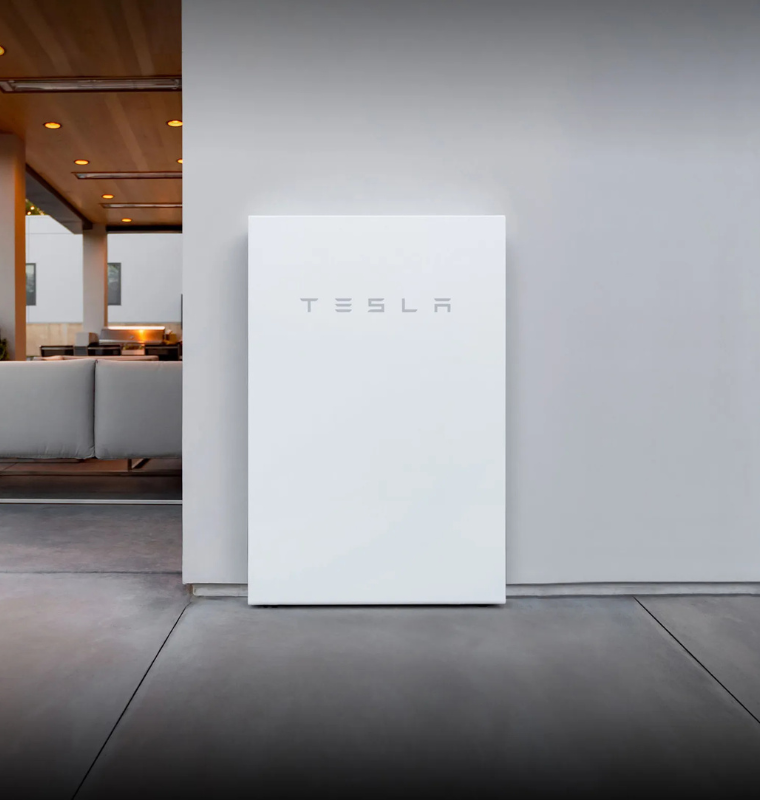China’s Stock Market Surge: Sustainable Rally or Looming Bubble?
China’s Stock Market Surge: Sustainable Rally or Looming Bubble?
By
David Goldfarb
Last updated:
September 29, 2025
First Published:
September 29, 2025

Photo: The Japan Times
China’s stock market is in the middle of its strongest rally in years, fueled by optimism over artificial intelligence breakthroughs, semiconductor self-sufficiency efforts, and Beijing’s campaign to curb destructive price wars. The mainland CSI 300 index, a key benchmark, has climbed nearly 16% since the start of the year, reaching its highest level in more than three years.
Tech shares have been leading the charge. The CSI 300 Information Technology Index recently hit its highest point since 2015, a sign of just how much enthusiasm investors are placing on China’s push into AI, chips, and other advanced technologies.
Yet, even as momentum builds, questions are mounting: is this the beginning of a genuine recovery, or is China heading toward another market bubble?
The Power of Retail Investors
Unlike in Western markets where institutions dominate, retail investors make up roughly 90% of daily trading volume in China, according to HSBC. For comparison, retail traders account for only about 20%–25% of activity on the New York Stock Exchange.
Chinese households currently hold more than 160 trillion yuan ($22 trillion) in savings — a record level. But only about 5% of that wealth is invested in equities. Analysts suggest that with deposit rates declining and property markets losing favor, more families are shifting money from banks into the stock market. This influx of retail capital has played a crucial role in fueling the current rally.
Momentum vs. Fundamentals
While optimism abounds, some experts caution that fundamentals do not fully support the market’s rise. “China’s ongoing equity rally appears disconnected with the economic fundamentals,” said Raymond Cheng of Standard Chartered.
Hao Hong, CIO at Lotus Asset Management, echoed that view. “This is not yet a bubble, but it is going that way,” he explained, pointing to certain hot spots such as biotech service providers and AI-focused firms as areas showing signs of overheating.
So far this year, more than $3 trillion in market capitalization has been added across Chinese and Hong Kong equities, according to Goldman Sachs. However, China’s economic backdrop tells a more subdued story.
Signs of Economic Weakness
Recent economic data highlights the gap between market momentum and real-world growth. Industrial output rose 5.2% in August, slowing from 5.7% in July and marking the weakest pace in a year. Retail sales grew 3.4% year-on-year, below both analyst expectations and the previous month’s growth.
Nomura, the Japanese financial group, has warned about the risks of excessive leverage and potential bubbles, noting that stock gains continue even as China’s economy shows signs of sputtering in the second half of the year. Weak domestic demand, a cooling property sector, and Beijing’s efforts to curb overcapacity remain structural challenges.
Tech and Chips: The Bright Spots
Despite the economic headwinds, some industries are showing resilience. Beijing’s strategy to rein in price wars, often called the “anti-involution” campaign, is designed to stabilize margins and encourage sustainable competition.
AI, semiconductors, and renewable energy firms have been among the strongest performers. For instance, Chinese chipmaker Cambricon reported a staggering 4,000% profit increase in the first half of the year, reaching 2.88 billion yuan ($402.7 million). These results highlight how government-backed sectors are benefiting from policy support and investment.
Still, analysts warn that valuations in these areas may already reflect overly optimistic assumptions, creating risks of corrections if earnings fail to catch up.
Market Outlook
China’s stock market rally is undeniably powerful, but it is walking a fine line between sustained recovery and speculative bubble. Liquidity support, retail enthusiasm, and government-backed initiatives have created strong upward momentum. Yet without a broader economic turnaround, the risk of overvaluation remains.
For now, China’s equity markets are offering plenty of opportunity, but investors will need to distinguish between genuine growth stories and overheated speculation. The coming months — with more economic data, corporate earnings, and policy decisions — will determine whether this rally has staying power or proves another short-lived surge.
Popular articles
Subscribe to unlock premium content
The Rise of Silent Walking Tours in Historic Cities

The Rise of Ultra-Niche Cooking Classes Focused on Historical or Regional Recipes

The Rise of One-Person Dining Experiences for Ultra-Introverts in Major Cities

The Rise of Silent Walking Tours in Historic Cities

The Rise of Ultra-Niche Cooking Classes Focused on Historical or Regional Recipes

The Rise of Silent Walking Tours in Historic Cities









